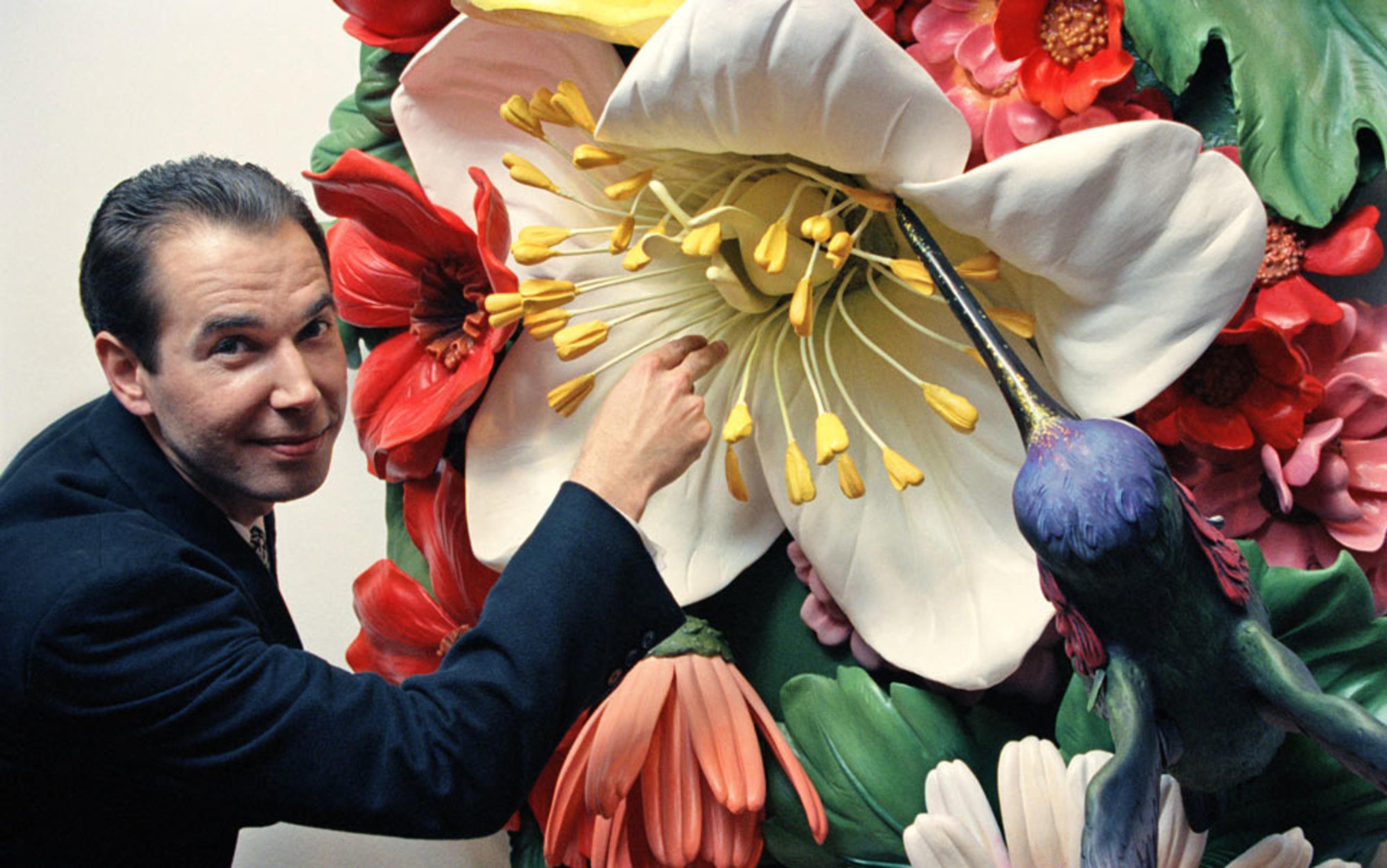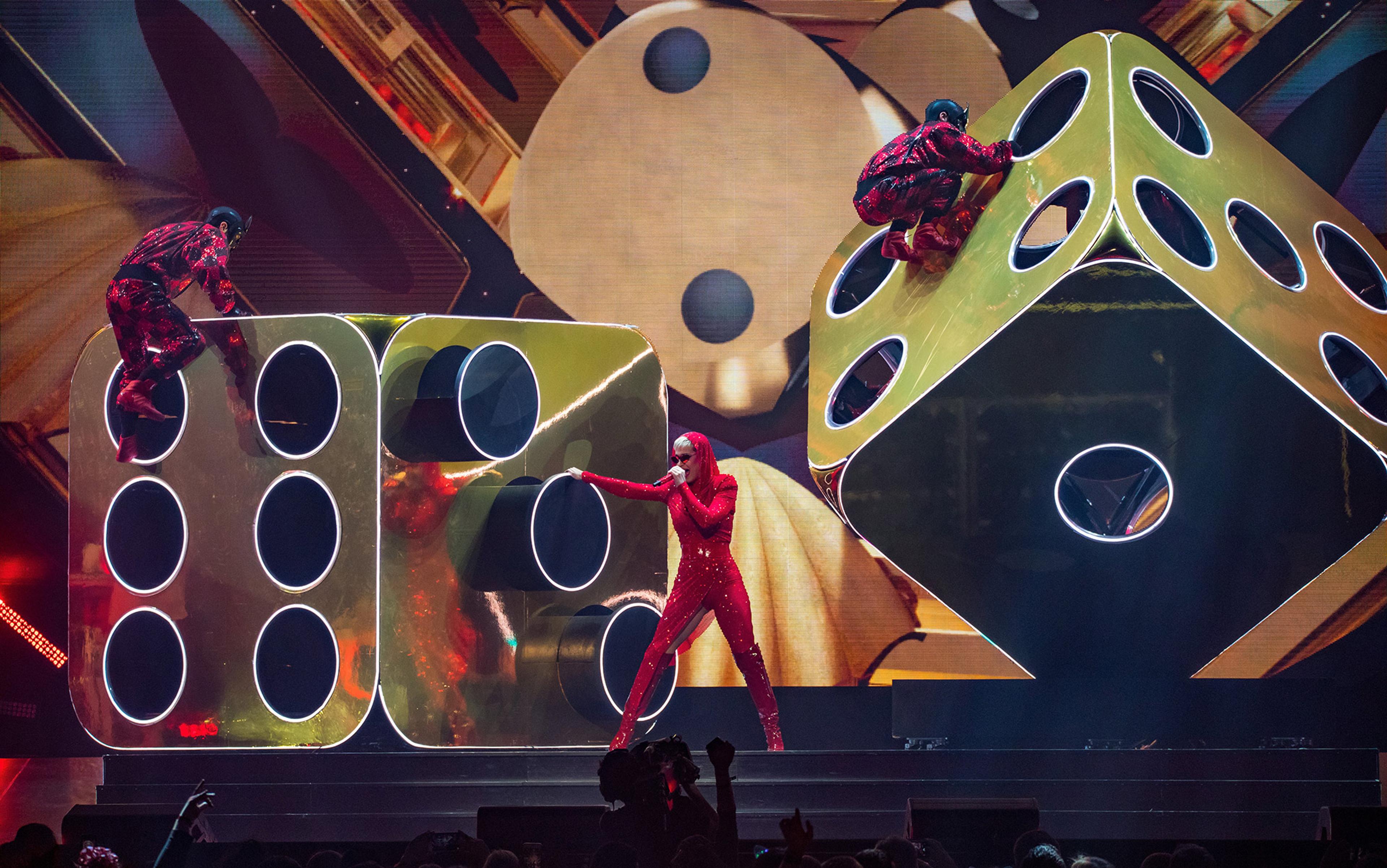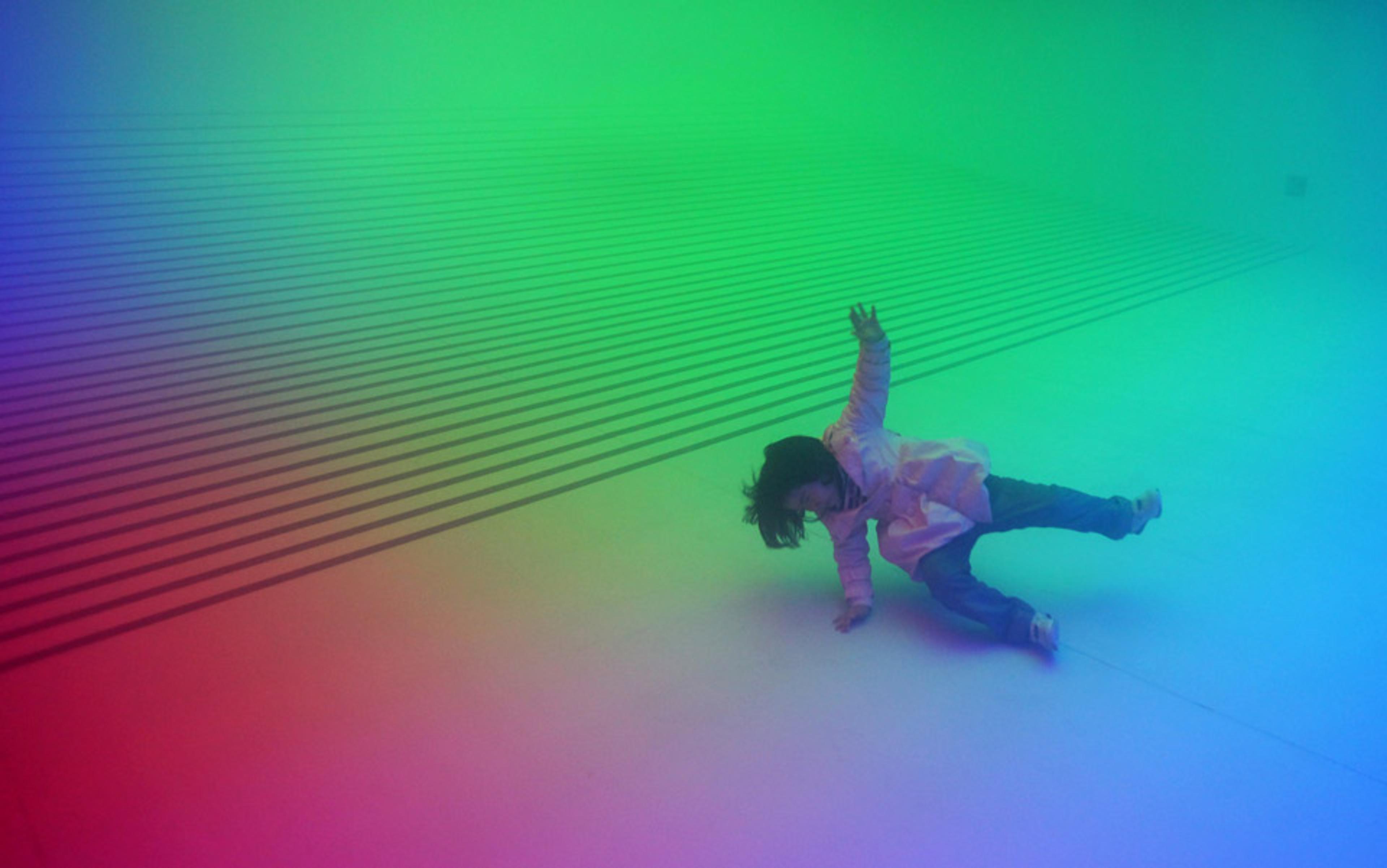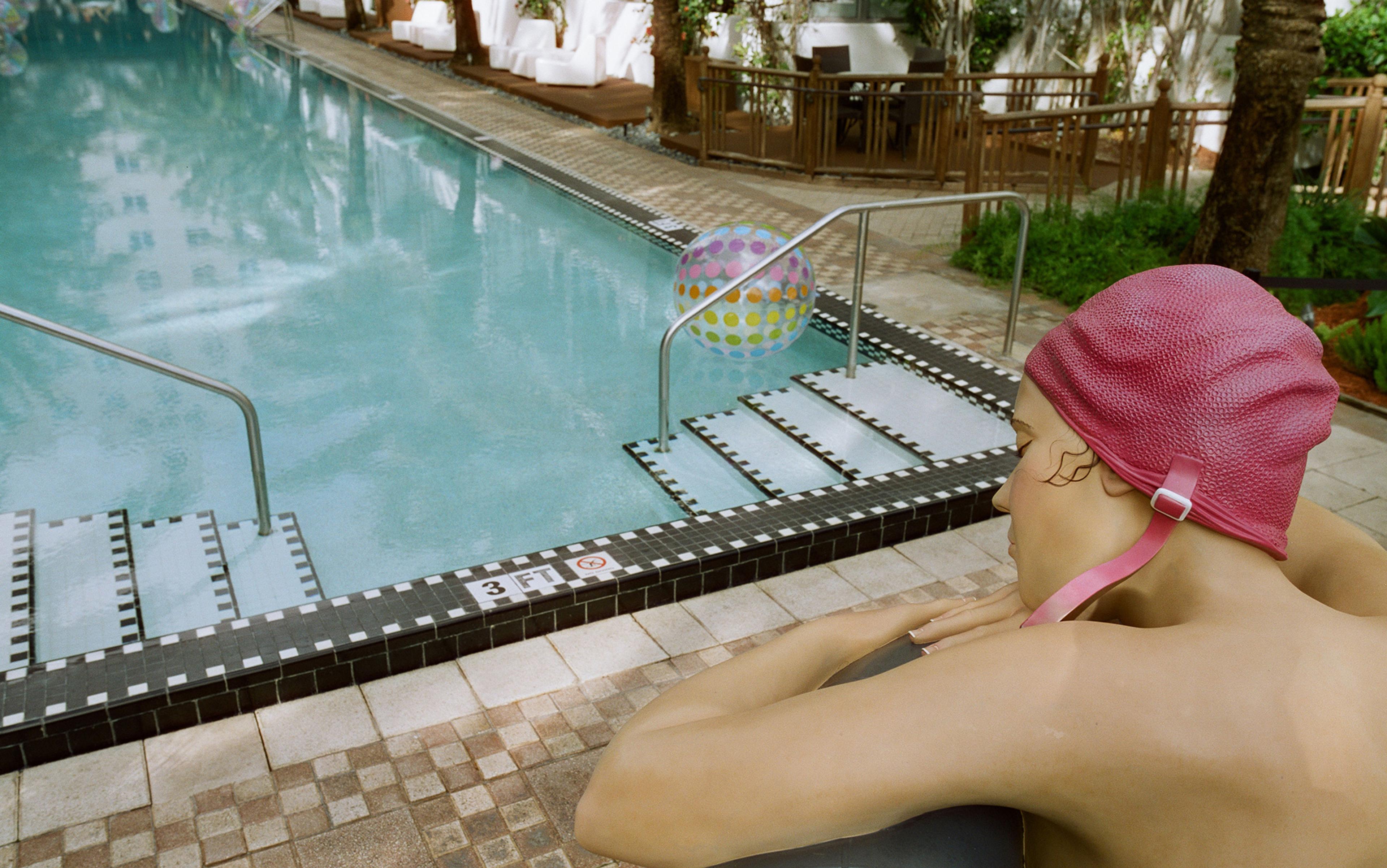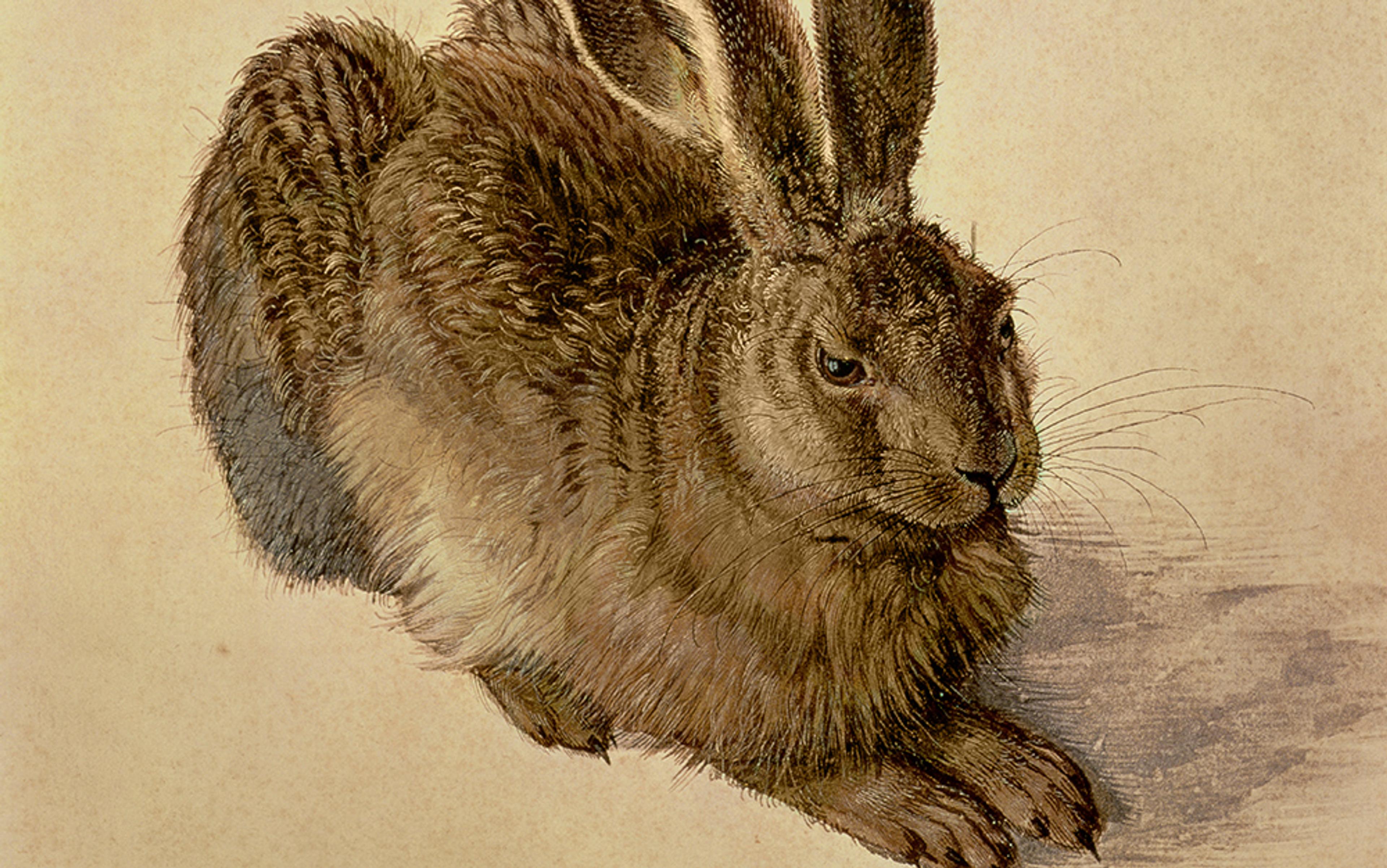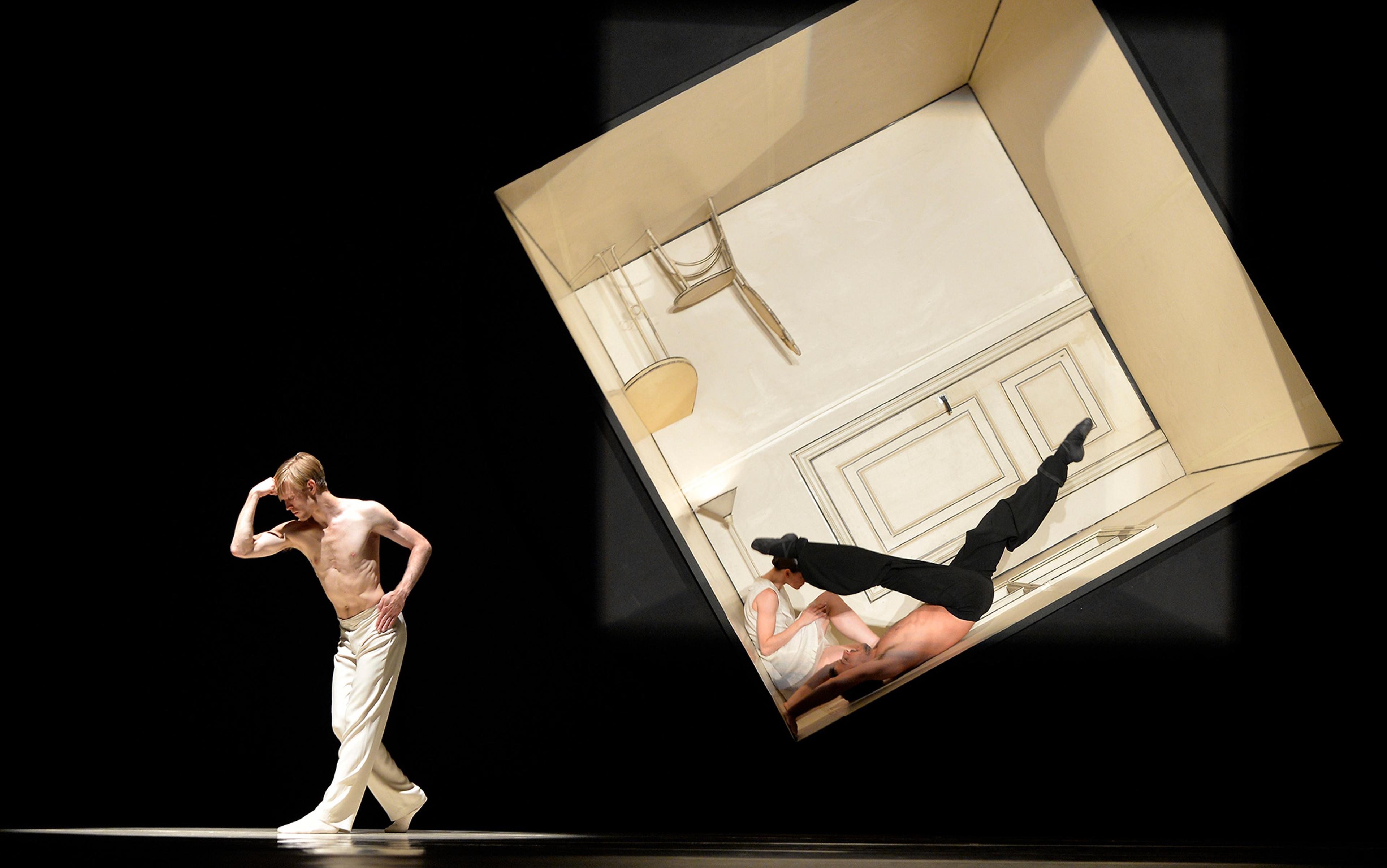A high culture is the self-consciousness of a society. It contains the works of art, literature, scholarship and philosophy that establish a shared frame of reference among educated people. High culture is a precarious achievement, and endures only if it is underpinned by a sense of tradition, and by a broad endorsement of the surrounding social norms. When those things evaporate, as inevitably happens, high culture is superseded by a culture of fakes.
Faking depends on a measure of complicity between the perpetrator and the victim, who together conspire to believe what they don’t believe and to feel what they are incapable of feeling. There are fake beliefs, fake opinions, fake kinds of expertise. There is also fake emotion, which comes about when people debase the forms and the language in which true feeling can take root, so that they are no longer fully aware of the difference between the true and the false. Kitsch is one very important example of this. The kitsch work of art is not a response to the real world, but a fabrication designed to replace it. Yet both producer and consumer conspire to persuade each other that what they feel in and through the kitsch work of art is something deep, important and real.
Anyone can lie. One need only have the requisite intention — in other words, to say something with the intention to deceive. Faking, by contrast, is an achievement. To fake things you have to take people in, yourself included. In an important sense, therefore, faking is not something that can be intended, even though it comes about through intentional actions. The liar can pretend to be shocked when his lies are exposed, but his pretence is merely a continuation of his lying strategy. The fake really is shocked when he is exposed, since he had created around himself a community of trust, of which he himself was a member. Understanding this phenomenon is, it seems to me, integral to understanding how a high culture works, and how it can become corrupted.
We are interested in high culture because we are interested in the life of the mind, and we entrust the life of the mind to institutions because it is a social benefit. Even if only a few people are capable of living this life to the full, we all benefit from its results, in the form of knowledge, technology, legal and political understanding, and the works of art, literature and music that evoke the human condition and also reconcile us to it. Aristotle went further, identifying contemplation (theoria) as the highest goal of mankind, and leisure (schole) as the means to it. Only in contemplation, he suggested, are our rational needs and desires properly fulfilled. Kantians might prefer to say that in the life of the mind we reach through the world of means to the kingdom of ends. We leave behind the routines of instrumental reasoning and enter a world in which ideas, artefacts and expressions exist for their own sake, as objects of intrinsic value. We are then granted the true homecoming of the spirit. Such seems to be implied by Friedrich Schiller, in his Letters Upon the Aesthetic Education of Man (1794). Similar views underlie the German romantic view of Bildung: self-cultivation as the goal of education and the foundation of the university curriculum.
The life of the mind has its intrinsic methods and rewards. It is concerned with the true, the beautiful and the good, which between them define the scope of reasoning and the goals of serious enquiry. But each of those goals can be faked, and one of the most interesting developments in our educational and cultural institutions over the past half century is the extent to which fake culture and fake scholarship have driven out the true varieties. It is important to ask why.
The most important way of clearing intellectual space for fake scholarship and culture is to marginalise the concept of truth. This looks difficult at first. After all, every utterance, every discussion, seems to be aimed at truth by its very nature. How can knowledge come to us, if we are indifferent to the truth of what we read? But this is too simple. There is a way of debating that disregards the truth of another’s words, since it is concerned to diagnose them, to discover ‘where they are coming from’, and to reveal the emotional, moral and political attitudes that underlie a given choice of words. The habit of ‘going behind’ your opponent’s words stems from Karl Marx’s theory of ideology, which tells us that, in bourgeois conditions, concepts, habits of thought and ways of seeing the world are adopted because of their socio-economic function, not their truth. The idea of justice, for instance, which sees the world in terms of rights and responsibilities and assigns ownership and obligations across society, was dismissed by early Marxists as a piece of bourgeois ‘ideology’. The ideological purpose of the concept is to validate ‘bourgeois relations of production’ which, from another perspective, can be seen to violate the very requirements that the concept of justice lays down. Therefore, the concept of justice is in conflict with itself, and serves merely to mask a social reality that has to be understood in other terms — in terms of the powers to which people are subject, rather than the rights that they claim.
The Marxist theory of ideology is extremely contentious, not least because it is tied to socio-economic hypotheses that are no longer believable. However, it survives in the work of Michel Foucault, and other intellectuals, notably in The Order of Things (1966) and in his witty essays on the origins of the prison and the mad-house. These are exuberant exercises in rhetoric, full of paradoxes and historical fabrications, sweeping the reader along with a kind of facetious indifference to the standards of rational argument. Instead of argument, Foucault sees ‘discourse’; in the place of truth he sees power. In Foucault’s view, all discourse gains acceptance by expressing, fortifying and concealing the power of those who maintain it; and those who, from time to time, perceive this fact are invariably imprisoned as criminals or locked away as mad — a fate that Foucault himself unaccountably avoided.
They illustrate a peculiar kind of academic Newspeak: each sentence is curled round like an in-growing toe-nail, hard, ugly, and pointing only to itself
Foucault’s approach reduces culture to a power-game, and scholarship to a kind of refereeing in the endless ‘struggle’ between oppressed and oppressing groups. The shift of emphasis from the content of an utterance to the power that speaks through it leads to a new kind of scholarship, which by-passes entirely questions of truth and rationality, and can even reject those questions as themselves ideological.
The pragmatism of the late American philosopher Richard Rorty is of similar effect. It expressly set itself against the idea of objective truth, giving a variety of arguments for thinking that truth is a negotiable thing, that what matters in the end is which side you are on. If a doctrine is useful in the struggle that liberates your group, then you are entitled to dismiss the alternatives.
Whatever you think of Foucault and Rorty, there is no doubt that they were intelligent writers and genuine scholars with a distinctive vision of reality. They opened the way to fakes but were not fakes themselves. Matters are quite otherwise with many of their contemporaries. Consider the following sentence:
This is not just its situation ‘
in principle’
(the one it occupies in the hierarchy of instances in relation to the determinant instance: in society, the economy) nor just its situation ‘
in fact’
(whether, in the phase under consideration, it is dominant or subordinate) but
the relation of this situation in fact to this situation in principle
, that is, the very relation which makes of this situation in fact a
‘variation’ of the — ‘invariant’ — structure, in dominance, of the totality.
Or this:
… it is the connexion between signifier and signifier that permits the elision in which the signifier installs the lack-of-being in the object relation using the value of ‘reference back’ possessed by signification in order to invest it with the desire aimed at the very lack it supports.
Those sentences are from the French philosopher Louis Althusser and the French psychoanalyst Jacques Lacan respectively. These authors emerged from the revolutionary ferment of Paris in 1968 to achieve an astonishing reputation, not least in America, where between them they run up more references in the academic literature than Kant and Goethe combined. Yet it is surely clear that these sentences are nonsense. Their claims to scholarship and erudite knowledge intimidate the critic and maintain fortified defences against critical assault. They illustrate a peculiar kind of academic Newspeak: each sentence is curled round like an in-growing toe-nail, hard, ugly, and pointing only to itself.
The fake intellectual invites you to conspire in his own self-deception, to join in creating a fantasy world. He is the teacher of genius, you the brilliant pupil. Faking is a social activity in which people act together to draw a veil over unwanted realities and encourage each other in the exercise of their illusory powers. The arrival of fake thought and fake scholarship in our universities should not therefore be attributed to any explicit desire to deceive. It has come about through the complicit opening of territory to the propagation of nonsense. Nonsense of this kind is a bid to be accepted. It asks for the response: by God, you are right, it is like that. And if you have earned your academic career by learning to push around the nonsensical mantras of the impostors, combining them in the impenetrable syntax that hoodwinks the person who composes it as much as the person who reads it, no doubt you will react indignantly to everything I have said so far and cease to read further.
It could be argued that the rise of fake scholarship and fake philosophy matters little. Such things can be contained within the university, which is their natural home, and make little difference to the lives of ordinary people. When we think of high culture and its importance, we tend to think not of scholarship and philosophy but of art, literature and music — activities that are only accidentally connected to the university, and that influence the quality of life and the goals of people outside the academy.
Art achieved a new importance during the Romantic period. As religion lost its emotional grip, the posture of aesthetic distance promised an alternative route to the meaning of the world. For the Romantics, the work of art was the result of a unique and irreplaceable experience, containing a revelation, distilled through individual effort and artistic genius, of a meaning unique to itself. The cult of genius gave art a new place at the centre of intellectual life, with academic subjects such as art history and musicology arising alongside literary criticism and the study of poetics. Together they lent credibility to the fine arts as subjects of study, as well as gateways to another kind of knowledge — knowledge of the heart. Important in all this was the sense of the artwork as an original gesture, a revelation of a unique personality, who had broken through all conventional forms of expression to provide a direct experience of the inner self.
The cult of genius therefore led to an emphasis on originality as the test of artistic genuineness — the thing that distinguishes true art from fake. Alhough it is hard to say in general terms what originality consists in, examples such as Titian, Rembrandt, Corot, Matisse and Gauguin; such as JS Bach, Beethoven, Wagner, and Schoenberg; such as Shakespeare, Diderot, Goethe and Kleist enabled both critics and artists to grasp the general idea of it. The one thing those examples ought to teach us is that originality is hard: it cannot be snatched from the air, even if natural prodigies such as Rimbaud and Mozart seem to do just that. Originality requires learning, hard work, the mastery of a medium, but most of all the refined sensibility and openness to experience that has suffering and solitude as its normal cost.
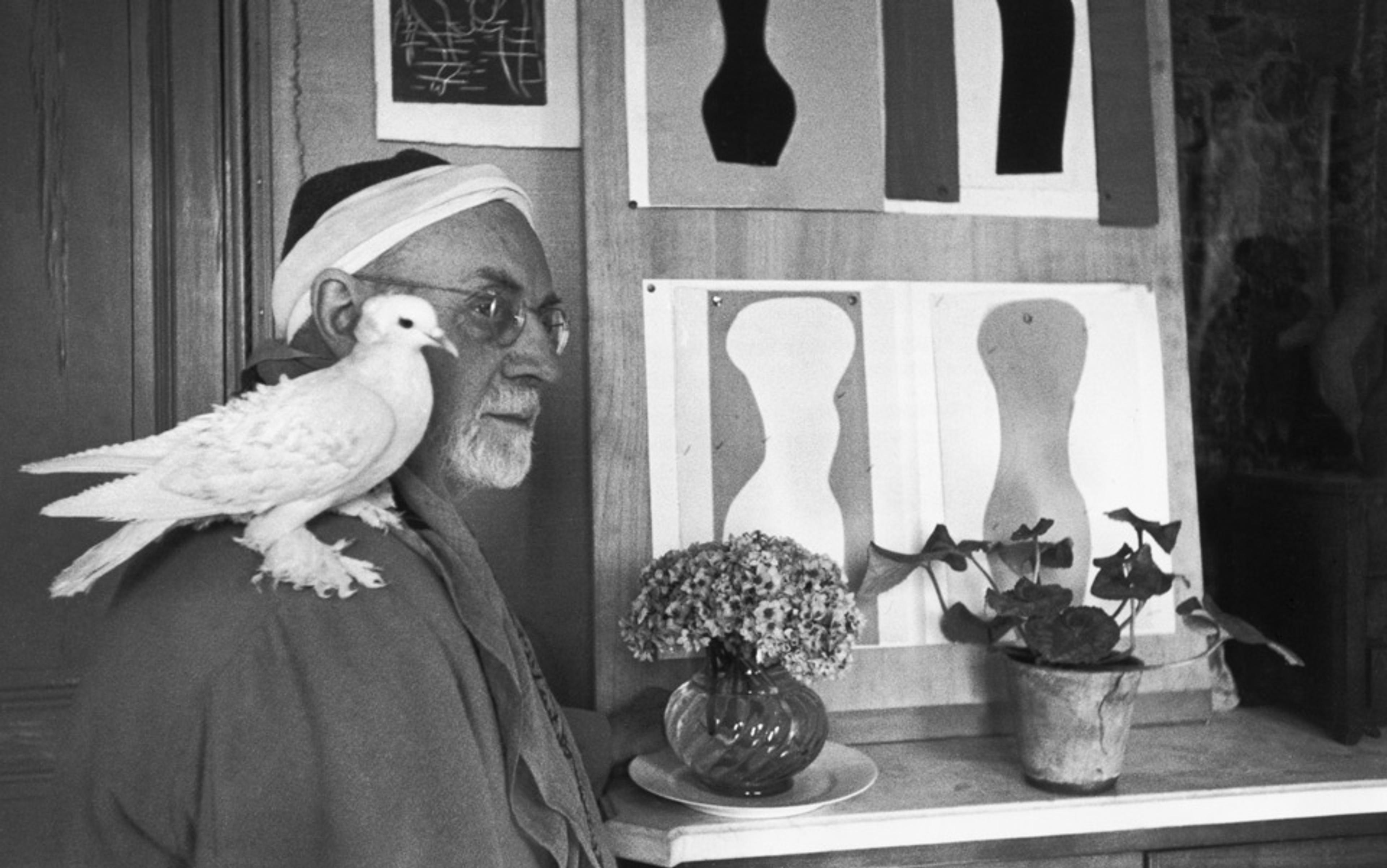
French painter Henri Matisse at his home, the villa “Le Rêve” in 1944. Photo by Henri Cartier-Bresson/Magnum
Strangely enough, the fake art endorsed by our museums and galleries today arose from the fear of fake art: fleeing from one kind of fake, artists created another. It began with the modernists, who worked in direct reaction against the sentimental art of their day. The early modernists — Stravinsky and Schoenberg in music, Eliot and Yeats in poetry, Gauguin and Matisse in painting, Loos and Voysey in architecture — were united in the belief that popular taste had become corrupted, that banality and kitsch had invaded the spheres of art and eclipsed their messages. Tonal harmonies had been trivialised by popular music; figurative painting trumped by photography; rhyme and meter was the stuff of Christmas cards; the stories had been too often told. Everything out there, in the world of naive and unthinking people, was kitsch.
Modernism attempted to rescue the sincere, the truthful, the arduously achieved, from the plague of fake emotion. No one can doubt that the early modernists succeeded in this enterprise, endowing us with great works of art that keep the human spirit alive in the new circumstances of modernity, establishing continuity with the great traditions of our culture. But modernism also gave way to a routine version of itself: the arduous task of maintaining tradition proved less attractive than the cheap ways of pouring scorn on it.
Hence for a long time now, it has been assumed that there can be no authentic creation in high art which is not in some way a ‘challenge’ to public culture. Art must give offence, stepping out armed against the bourgeois taste for the conforming and the comfortable, which are simply other names for kitsch and cliché. The result of this is that offence itself becomes a cliché. If the public has become so immune to shock that only a dead shark in formaldehyde will awaken a brief spasm of outrage, then the artist must produce a dead shark in formaldehyde — this, at least, is an authentic gesture. In place of the late American art critic Harold Rosenberg’s ‘tradition of the new’, we have the ‘cliché of the transgressive’ — a repetition of the would-be unrepeatable.
The great modernists were acutely aware of the need to build bridges to the public whose expectations they disturbed. They ended, like Eliot, Picasso and Stravinsky, by being genuinely loved by those who cared for the traditional high culture. But they began by being difficult — intentionally difficult — in order that an effective bulwark should exist between the high ground of art and the swamp of popular sentiment. Hence the stark choice set before them by the late American art critic Clement Greenberg, in the 1939 essay that made his name: avant-garde or kitsch. To be genuine, art must be in advance of its time; any slacking will mean a fall into the swamp of fake emotion and commercial effects.
Because they were difficult, there grew around the modernists a class of critics and impresarios, who offered initiation into the modernist cult. This impresario class began to promote the incomprehensible and the outrageous as a matter of course, lest the public should regard its services as redundant. It fostered a new kind of personality, determined to move with the times, while understanding less and less what the times might actually be. To gain the status of an original artist is not easy, but in a society where art is revered as the highest cultural achievement, the rewards are enormous. There is, therefore, an incentive to fake it, to produce a complicit circle; the artists posing as the originators of astonishing breakthroughs, the critics posing as the penetrating judges of the true avant-garde. We observe this phenomenon in the symbiosis of Greenberg and the abstract expressionist artist Willem de Kooning.
Another pertinent example is the American composer John Cage. With a singular skill for self-promotion, yet no prior evidence of musical competence, Cage made his reputation with his celebrated piece 4’33” (1952) — a happening in which a pianist in concert dress sits silently at the piano for exactly four minutes and 33 seconds. On the strength of this and a few similar pranks, Cage presented himself as an original composer, ‘putting in question’ the entire tradition of Western concert music. Critics hastened to endorse his high self-opinion, hoping to share in the glory of discovering a new and original genius. The Cage phenomenon quickly became established as part of the culture, able to call upon subventions from the cultural institutions, and recruiting a raft of imitators for whom, however, it was too late to cause a stir as Cage had done, by doing nothing.
Similar episodes occurred in the visual arts, beginning with Marcel Duchamp’s urinal and passing through Andy Warhol’s silk screen portraits and Brillo boxes to the pickled sharks and cows of Damien Hirst. In each case, the critics gathered like clucking hens around the new, inscrutable egg, and the fake was projected to the public with all the apparatus required for its acceptance as the real thing. So powerful is the impetus towards the collective fake that it is now an effective requirement of finalists for the Turner Prize in Britain to produce something that nobody would think was art unless they were told it was. On the other hand, original gestures of the kind introduced by Duchamp cannot really be repeated — like jokes, they can be made only once. So we find a habit of faking that is so deeply wrapped up in its own imperatives that no judgment is certain, except the judgment that this before us is the ‘real thing’ and not a fake at all, which in turn is a fake judgment.
To convince themselves that they are true progressives, riding in the vanguard of history, the new impresarios surround themselves with others of their kind. They promote them to all the committees that are relevant to their status and expect to be promoted in their turn. Thus arose the contemporary establishment — the self-contained circle of critics and promoters, who form the backbone of our official and semi-official cultural institutions. They trade in ‘originality’, ‘transgression’ and ‘breaking new paths’. But these terms are clichés, as are the things they are used to praise. Hence the flight from cliché ends in cliché.
It is not only beliefs and actions that can be faked. Fake emotions have played a decisive role in the evolution of art in recent times. Real emotion allows no substitutes, and is never the subject of a bargain or an exchange. Fake emotion seeks to discard the cost of feeling while receiving the benefit. It is therefore always ready to exchange its present object for a better one. The sentimental lover who enjoys the warm feelings of self-approval that accompany his love is also the one who moves quickly to another object should the present one prove too arduous — perhaps because he or she has developed some debilitating illness, or has grown old, weary and unattractive.
Love transferred is not real love, and the same goes for other emotions too. All that was made clear by Oscar Wilde in ‘De Profundis’ (1897), his great denunciation of the sentimentalist Lord Alfred Douglas, by whom he had been ruined.
Kitsch art, by contrast, is designed to put emotion on sale: it works as advertisements work, creating a fantasy world in which everything, love included, can be purchased, and in which every emotion is simply one item in an infinite line of substitutes. The clichéd kiss, the doe-eyed smile, the Christmas-card sentiments: all advertise what cannot be advertised without ceasing to be. They commit the salesman to nothing. They can be bought and sold without emotional hardship, since the emotion, being a fantasy product, no longer exists in its committed form.
The effect of the modernist revolution in the arts was to accuse those who attempted to resuscitate the old way of doing things — figurative painting, tonal music, classical architecture — of retreating from the authentic discipline of art. Of course, you can make the old gestures; but you cannot seriously mean them. And if you make them nonetheless, the result will be kitsch — standard, cut-price goods, produced without effort and consumed without thought, in the manner of most popular music today.
Fear of kitsch led to the routinisation of modernism. By posing as a modernist, the artist gives an easily perceivable sign of his authenticity. But the result is cliché of another kind. This is one reason for the emergence of a wholly new artistic enterprise that some call ‘postmodernism’ but which might be better described as ‘pre-emptive kitsch’.
Such art eschews subtlety, allusion and implication, and in place of imagined ideals in gilded frames it offers real junk in quotation marks
Having recognised that modernist severity is no longer acceptable, artists began not to shun kitsch but to embrace it, in the manner of Andy Warhol, Allen Jones and Jeff Koons. The worst thing is to be unwittingly guilty of producing kitsch; far better to produce kitsch deliberately, for then it is not kitsch at all but a kind of sophisticated parody. (The intention to produce real kitsch is an impossible intention, like the intention to act unintentionally. Deliberate naivety is really faux naïf.) Pre-emptive kitsch sets quotation marks around actual kitsch, and hopes thereby to save its artistic credentials. The same phenomenon can be discerned in music, with the repeated figures based on simple tonal chords that we find in Philip Glass and, to some extent, Steve Reich. In response to the argument that the triad is a cliché, such composers take hold of the triad and repeat it until you can be sure that they are aware that it is a cliché, and that they have put quotation marks around that very awareness.
In the place of modernist severity comes a kind of institutionalised fakery. Public galleries and big collections fill with the pre-digested clutter of modern life. Such art eschews subtlety, allusion and implication, and in place of imagined ideals in gilded frames it offers real junk in quotation marks. It is indistinguishable in the end from advertising — with the sole qualification that it has no product to sell except itself.
Pre-emptive kitsch offers fake emotions, and at the same time a pretended rejection of the thing it offers. The artist pretends to take himself seriously, the critics pretend to judge his product and the modernist establishment pretends to promote it. At the end of all this pretence, someone who cannot perceive the difference between advertising (which is a means) and art (which is an end) decides that he should buy it. Only at this point does the chain of pretence come to an end, and the real value of postmodernist art reveal itself — namely, its value in monetary exchange. Even at this point, however, the pretence is important. The purchaser must still believe that what he buys is real art, and therefore intrinsically valuable, a bargain at any price. Otherwise, the price would reflect the obvious fact that anybody — even the purchaser — could have faked such a product. The essence of fakes is that they are substitutes for themselves, avatars of the infinite mise-en-abyme that lies behind every saleable thing.
What exactly is at stake in the choice between the true and the fake in the realm of culture? Can we not go on faking it forever? Might this not be preferable to those authentic and sincere lives in which human passions flourish in all their uncontrolled, often wicked fullness? Perhaps the destiny of culture is to induct us all into a Disneyland dream whenever the dangerous lust for realities sweeps across us. When you look at the cultural institutions in democracies today, you might well be tempted to think that faking is their purpose, and that it is a purpose pursued for the good of us all.
Yet culture is important. Without it we remain emotionally uneducated. There are consequences of fake culture that are comparable to the consequences of corruption in politics. In a world of fakes, the public interest is constantly sacrificed to private fantasy, and the truths on which we depend for our rescue are left unexamined and unknown. But to prove the point is a hard task indeed, and after a lifetime of attempts I find myself only at the beginning.
